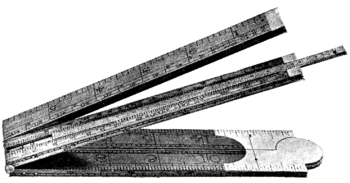Carpentry and Joinery
HAND TOOLS AND APPLIANCES.
Introduction.
The reader of this book is assumed to have some acquaintance with woodworking, and not to stand in need of detail instruction as to the shape, action, care and use of each and all of a woodworker's tools. This information is given in comprehensive style in a companion volume, entitled "Woodworking," produced by the Editor of this present book, and sold by the same publishers at 9s. Should any reader of this chapter desire further particulars of the tools and appliances here briefly mentioned, he is recommended to consult that work, which undoubtedly contains the most complete description of woodworking tools yet published.
Classification of Tools.
Tools may be classed according to their functions and modes of action, as follows: (1) Geometrical tools for laying off and testing work—such tools are rules, straight-edges, gauges, etc. (2) Tools for supporting and holding work; such tools are benches, vices, stools, etc. (3) Paring or shaving tools, such as chisels, spokeshaves, planes, etc. (4) Saws. (5) Percussion or impelling tools, such as hammers, mallets, screw-drivers, and (combined with cutting) hatchets, axes, adzes, etc. (6) Boring tools, such as gimlets, brace-bits, etc. (7) Abrading and scraping tools, such as rasps, scrapers, glasspaper, and implements such as whetstones, etc., for sharpening edged tools.
Geometrical Tools.
Rules.—For all-round purposes a 2-ft. four-fold boxwood rule, with or without a slide rule (Fig. 1), is best. Rules are made in great variety, but the average worker's requirements will be best met by a simple one.



